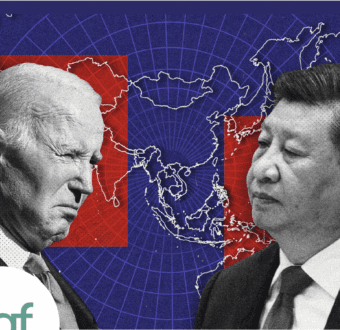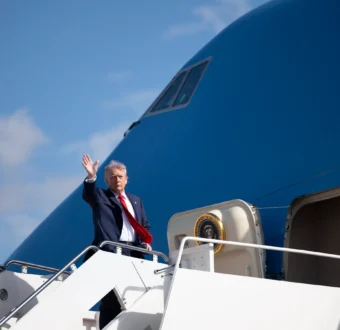The Difference between an Ally and a Partner

By Zuri Linetsky, Research Fellow
This contribution appeared in the February 15, 2023 edition of “Adults in a Room,“ a series from The Stimson Center’s Reimagining Grand Strategy program and Inkstick.
Cooperation with allies and partners is vital for addressing the array of national security challenges the US faces. The United States cannot address existential threats from nuclear weapons, climate change, and global pandemics on its own. And the United States depends on allies on its northern and southern borders to mitigate the threat of an invasion. Allies and partners benefit from an array of US national security priorities, but they can also undermine US interests. The United States must be especially wary of informal partnerships impeding its broader national security objectives.
The United States has a vast array of alliances and partnerships. Alliances are formal agreements that commit the US military to support its ally if it is attacked and vice-versa. The United States has formal bilateral alliances and mutual defense treaties throughout the western hemisphere (e.g., the Rio Treaty), as well as with South Korea, the Philippines, and Japan. It maintains multilateral alliances like NATO, ANZUS, and AUKUS. And the United States has informal partnerships, which do not involve treaties or require reciprocal defensive commitments, like those with Taiwan, Saudi Arabia, the United Arab Emirates, and Israel. Unfortunately, US partnerships can undermine the US effort to protect the rules-based international order.
American money and arms support Israel’s 70-year occupation of Palestine. Similarly, US intelligence and armaments sustain the Saudi and Emirati war in Yemen, which has killed over 350,000 people. This support undermines core tenets of the rules-based order, such as universal human rights, equality before the law, human security, and the right to self-determination. Failing to protect these standards undermines the United States’ ability to combat human rights violations by China and Russia.
The US partnership with Taiwan has put it in conflict with China since the early 1970s because it contradicts Chinese claims of sovereignty over the island. The US partnership with Taiwan has contributed to four US-China crises in the Taiwan Strait. As Sino-US relations have deteriorated, calls from US legislators and political analysts to formalize the Taiwan-US relationship have become louder.
Read more of Zuri’s contribution in Inkstick.

Written by Zuri Linetsky
Zuri is a research fellow with the Independent America project at the Institute for Global Affairs.
Read more from Zuri
This post is part of Independent America, a research program led out by Jonathan Guyer, which seeks to explore how US foreign policy could better be tailored to new global realities and to the preferences of American voters.










America Prepares for a Pacific War With China It Doesn’t Want